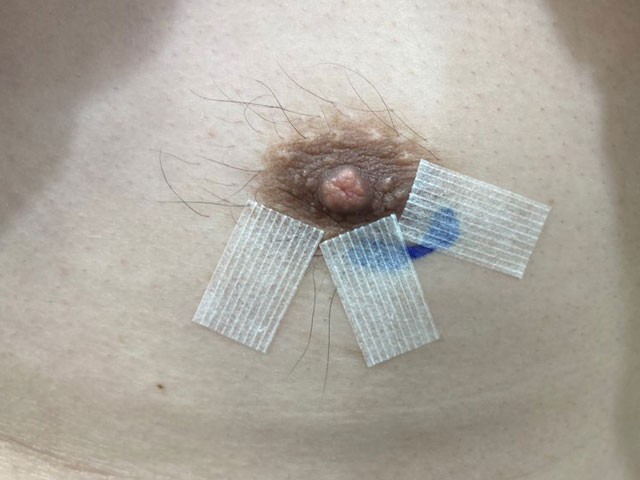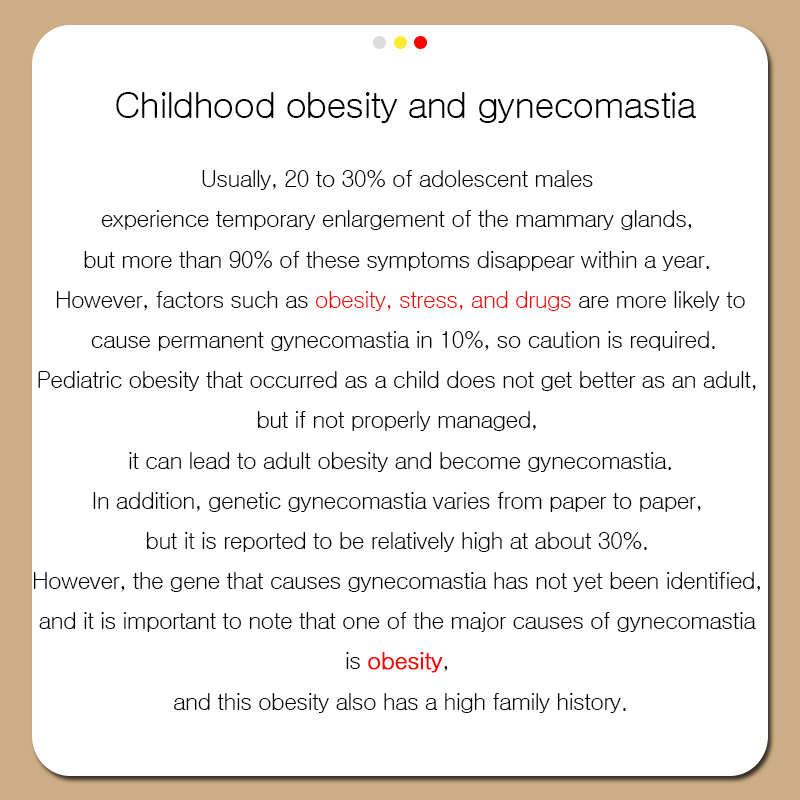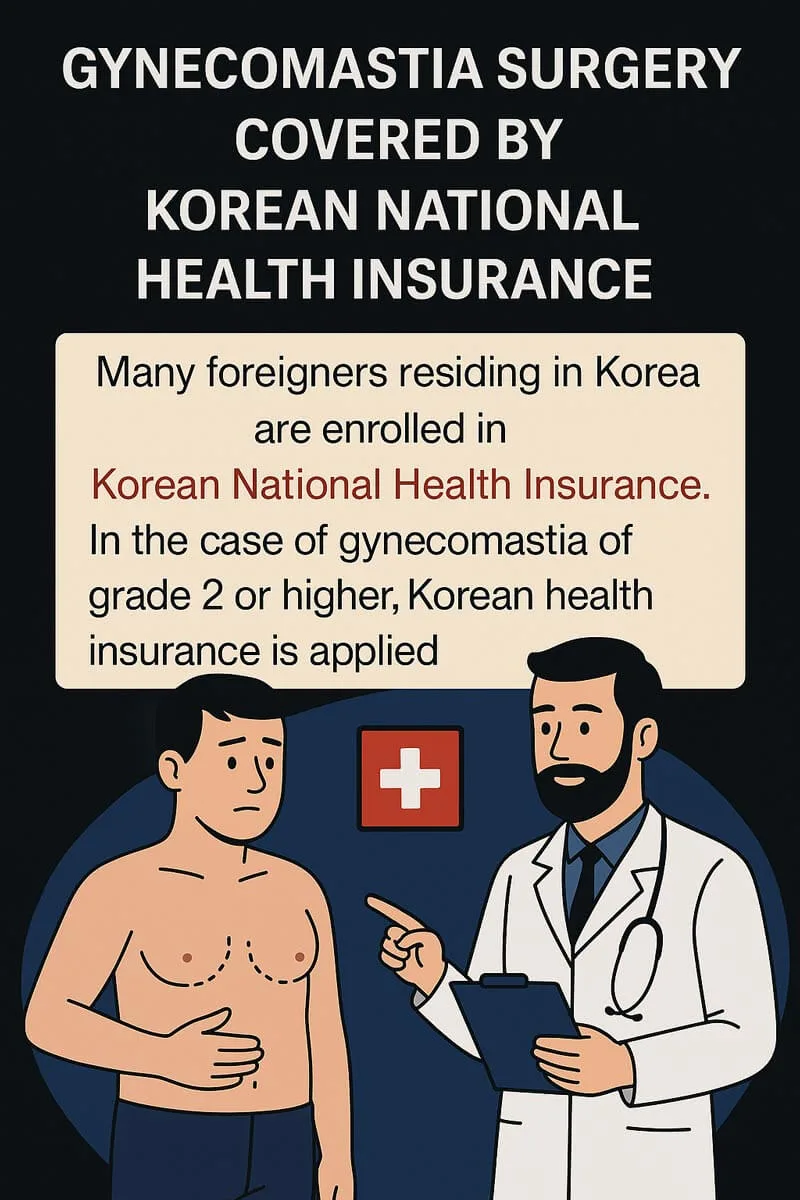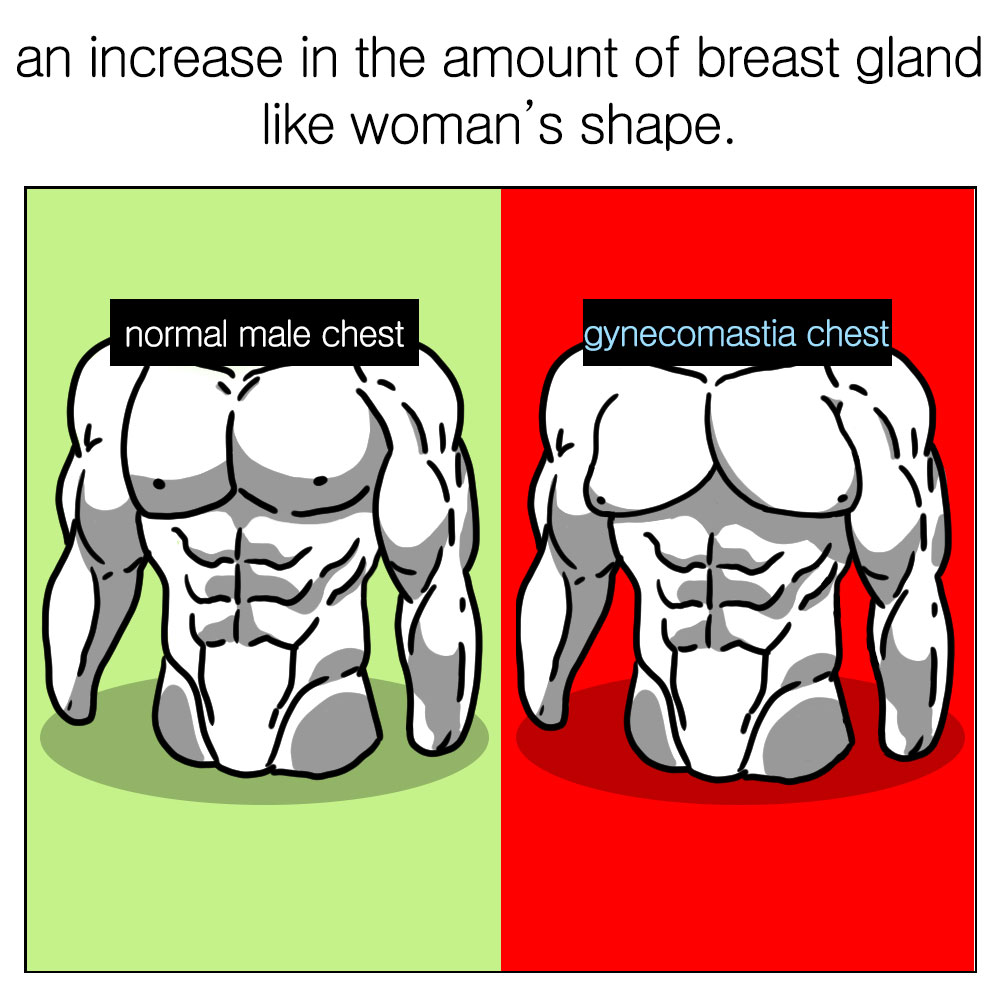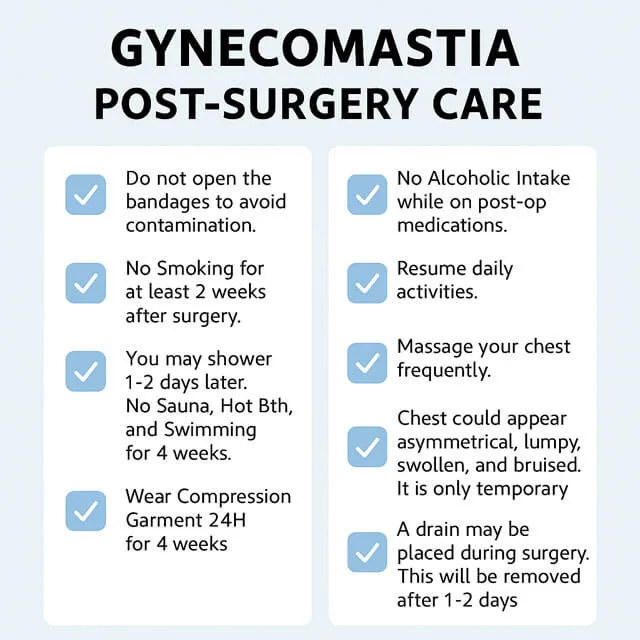Use of Steri-strips After Gynecomastia Surgery
evitaclinic2025-01-27T01:18:45+09:00Learn how Steri-Strips help reduce scarring and support optimal healing after gynecomastia surgery. Get expert guidance and tips from Evita Clinic.
[FAQ] Childhood obesity and gynecomastia
evitaclinic2025-01-24T09:46:21+09:00Adolescent gynecomastia affects 20–30% of teenage boys, with most cases resolving spontaneously within a year. However, about 10% may develop persistent breast enlargement due to factors like obesity, chronic stress, and certain medications. Childhood obesity, if unaddressed, often continues into adulthood and raises the likelihood of gynecomastia. Moreover, research suggests that up to 30% of cases could be tied to a genetic predisposition, underscoring the importance of early lifestyle interventions and awareness of family history.
[FAQ] Before surgery for gynecomastia, FAQ Top 3
evitaclinic2024-06-03T00:12:12+09:00Before surgery for gynecomastia, we have collected the three most commonly asked questions.
Gynecomastia Surgery Covered by Korean National Health Insurance
evitaclinic2025-04-29T18:12:44+09:00Foreigners living in Korea may be eligible for Korean National Health Insurance, which can significantly reduce the cost of gynecomastia surgery—especially for grade 2 or higher.
[FAQ] About the grade of gynecomastia
evitaclinic2023-02-17T10:29:47+09:00These grade of gynecomastia vary slightly from person to person. The surgical method should be selected according to the patient's age, muscle mass, recovery period, lifestyle, and patient's needs. In this regard, you will consult with a specialist and make a decision.
[FAQ] How to Self-Diagnose Gynecomastia
evitaclinic2025-05-09T01:03:46+09:00Wondering if you have gynecomastia? This illustrated FAQ shows you how to check for male breast gland enlargement at home. Learn the difference between fat and gland — and when to see a specialist.
[FAQ] Why does Dr. Jeon prefer areolar incsion in gynecomastia surgery?
evitaclinic2023-02-10T14:56:48+09:00This explains why Dr. Jeon of Evita Clinic prefers peri-areola incision.
Some common questions and answers about gynecomastia surgery <1>
evitaclinic2022-12-12T14:21:47+09:00Some common questions and answers about gynecomastia surgery
Gynecomastia Post-Operative Instructions
evitaclinic2025-05-19T14:37:59+09:00Get detailed guidance on what to do after your gynecomastia surgery, including tips on wound care, compression garment use, smoking restrictions, and when to resume exercise.


